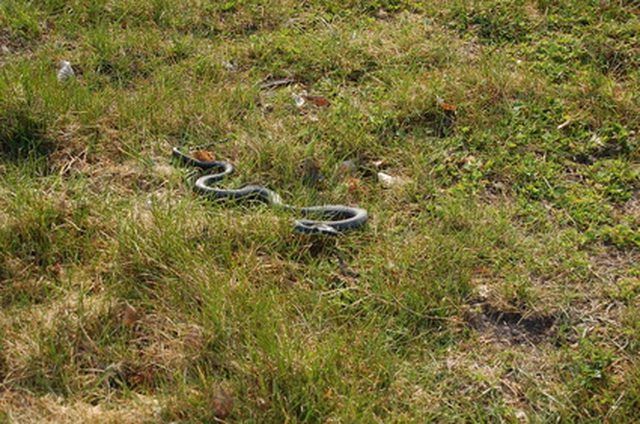Bulbs
Flower Basics
Flower Beds & Specialty Gardens
Flower Garden
Garden Furniture
Garden Gnomes
Garden Seeds
Garden Sheds
Garden Statues
Garden Tools & Supplies
Gardening Basics
Green & Organic
Groundcovers & Vines
Growing Annuals
Growing Basil
Growing Beans
Growing Berries
Growing Blueberries
Growing Cactus
Growing Corn
Growing Cotton
Growing Edibles
Growing Flowers
Growing Garlic
Growing Grapes
Growing Grass
Growing Herbs
Growing Jasmine
Growing Mint
Growing Mushrooms
Orchids
Growing Peanuts
Growing Perennials
Growing Plants
Growing Rosemary
Growing Roses
Growing Strawberries
Growing Sunflowers
Growing Thyme
Growing Tomatoes
Growing Tulips
Growing Vegetables
Herb Basics
Herb Garden
Indoor Growing
Landscaping Basics
Landscaping Patios
Landscaping Plants
Landscaping Shrubs
Landscaping Trees
Landscaping Walks & Pathways
Lawn Basics
Lawn Maintenance
Lawn Mowers
Lawn Ornaments
Lawn Planting
Lawn Tools
Outdoor Growing
Overall Landscape Planning
Pests, Weeds & Problems
Plant Basics
Rock Garden
Rose Garden
Shrubs
Soil
Specialty Gardens
Trees
Vegetable Garden
Yard Maintenance
How to Get Rid of Rattlesnakes
How to Get Rid of Rattlesnakes. There are 16 varieties of rattlesnakes, also known as pit vipers--a type of venomous snake having two pits under the nose to sense warm-blooded prey. There is a species in every state but Alaska and Hawaii, with the highest concentration being in the southwest. With an average lifespan over 20 years, they are not a...

There are 16 varieties of rattlesnakes, also known as pit vipers--a type of venomous snake having two pits under the nose to sense warm-blooded prey. There is a species in every state but Alaska and Hawaii, with the highest concentration being in the southwest. With an average lifespan over 20 years, they are not a guest you want moving in. Making your territory as uninviting as possible is key to getting rid of rattlesnakes, and keeping them away.
Things You'll Need
Lawnmower
Rat glue boards
Plywood
Nails
Mothballs
Cloth bags
Keep lawns trimmed short, as rattlesnakes like to hide in longer grass.
Remove any piles of wood, rocks or leaves that provide hiding spots for rattlesnakes, or safety for any nesting grounds.
Eradicate any pest problems, such as mice or rats; rattlesnakes are attracted to easy food.
Close entryways to foundations or out-buildings; this includes sealing any large cracks or holes that rattlesnakes can crawl through when seeking shelter.
Nail sticky glue boards designed for catching rats to the plywood and set it in an area where you have seen rattlesnakes sunning. The rattlesnakes can be caught on the board and either killed, or released elsewhere by someone who handles poisonous snakes professionally.
Place a large amount of mothballs in a cloth bag, and leave it lying where you have seen rattlesnakes; the mothballs act as a rattlesnake repellent.
Tips & Warnings
Rattlesnakes give birth to live young in the spring or fall.
Bird feeders and compost piles can also attract rattlesnakes.
Rattlesnakes can bite even when you think they are dead; handle a "dead" rattlesnake carefully.